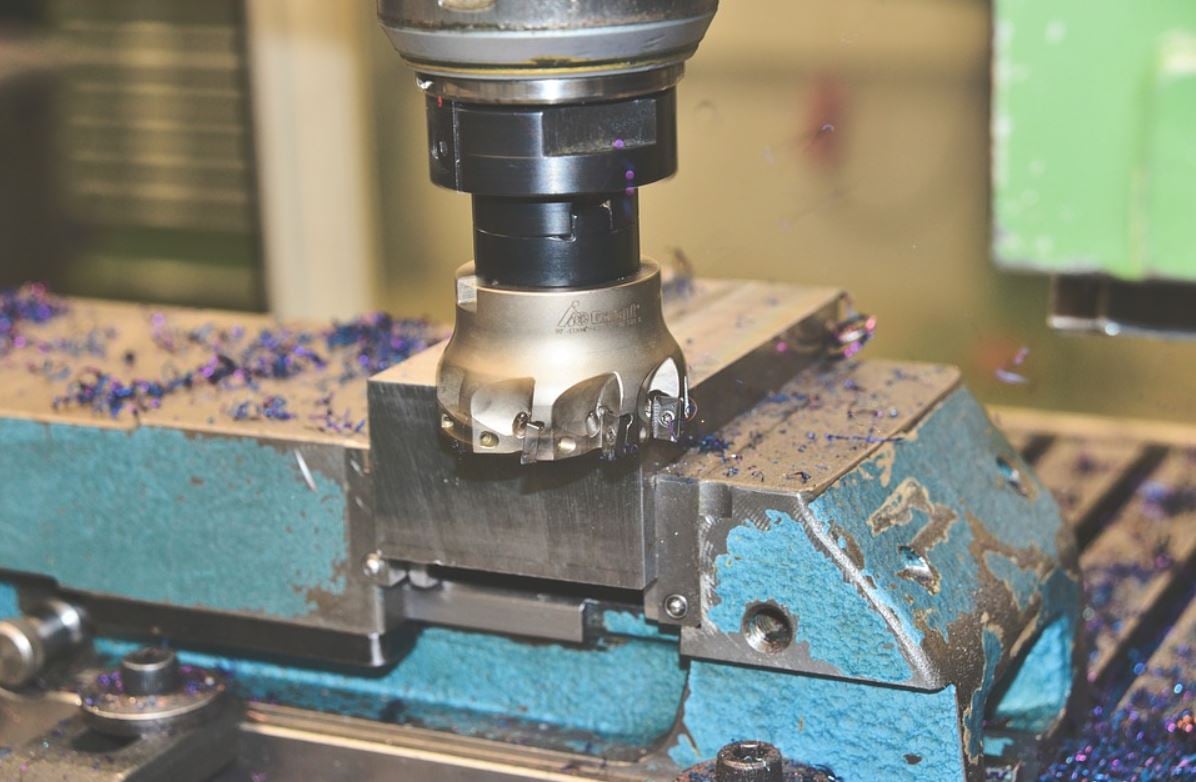
The industrial machining industry is experiencing a transformative evolution, driven by technological advancements and changing business dynamics. As industries place greater emphasis on efficiency and precision, new technologies and methodologies are emerging to meet these demands. Let’s delve into the latest innovations and workforce implications within the industrial machining sector.
1. What Are the Latest Technological Advancements in Industrial Machining?
The field of industrial machining has seen a proliferation of advanced technologies, including the integration of AI and machine learning to enhance precision and efficiency. These tools allow for real-time monitoring and adjustments, driving productivity and reducing errors. This surge in tech adoption is partly why the dispense valves market in North America is expected to grow at a compounded annual rate of 4.2% from 2021 to 2028, highlighting the sector’s vibrant growth.
Robotic automation is another significant advancement, providing consistent, high-quality results and reducing the cost and complexity of manufacturing processes. Businesses are increasingly investing in robotic technology to stay competitive, streamline operations, and meet the demands of modern production environments. As these robots become more sophisticated, they can handle more complex tasks, transforming the landscape of industrial machining.
Additionally, the advent of digital twin technology is revolutionizing how manufacturers approach maintenance and optimization. By creating a virtual replica of physical assets, companies can simulate different scenarios and predict outcomes that improve operational efficiencies. This synergy between physical and digital environments is becoming a cornerstone of contemporary industrial machining.
2. How is IoT Transforming the Industrial Machining Industry?
The introduction of the Internet of Things (IoT) has brought significant changes to the industrial machining industry by enabling connected machinery and real-time data analytics. This connectivity allows for smarter maintenance schedules, reducing downtime and improving productivity. By integrating IoT, businesses can also enjoy enhanced visibility into their operations, leading to more informed decision-making.
The use of IoT facilitates predictive maintenance, helping companies foresee potential breakdowns before they occur. This not only extends the lifespan of machinery but also substantially cuts maintenance costs, offering a lucrative return on investment. Furthermore, IoT-enabled systems can optimize supply chain management, ensuring that materials and resources are used more efficiently.
IoT solutions also focus on enhancing safety within the industrial machining environment. Sensors and smart devices continuously monitor conditions, instantly alerting operators to any irregularities or potential hazards. Such features contribute to safer working conditions, protecting both the workforce and the business from costly disruptions.
3. What Role Does Additive Manufacturing Play in Modern Machining?
Additive manufacturing, commonly known as 3D printing, is transforming the industrial machining industry by offering unparalleled customization and reducing material waste. This technology enables the production of complex geometries that were previously impossible to manufacture using traditional methods. Utility patents last 20 years; they cover the design of new and improved processes, products, and machines, emphasizing the importance of innovation in this space.
With additive manufacturing, the lead times for prototyping and production are significantly reduced. This allows businesses to bring products to market faster and respond more swiftly to consumer demands. Moreover, it is instrumental in reducing the costs associated with traditional manufacturing methods, thereby making it a viable option for small and medium-sized enterprises.
Furthermore, additive manufacturing supports sustainability efforts by minimizing material waste and energy consumption. It enables manufacturers to utilize only the necessary amount of raw materials, contributing to more eco-friendly production processes. As such, it plays a crucial role in aligning industrial machining practices with modern sustainability goals.
4. How Is the Industry Addressing Environmental and Sustainability Concerns?
Environmental sustainability is becoming a priority in the industrial machining industry, with many companies adopting green technologies and practices. One significant approach includes the increased use of recyclable and sustainable materials. After iron and aluminum, copper is the third-most-consumed industrial metal, according to the U.S. Geological Survey, reflecting a shift towards more sustainable resource utilization.
The industry is also investing in energy-efficient machinery to reduce the carbon footprint associated with manufacturing processes. Advanced technologies such as energy recovery systems and smart grids are being integrated to optimize energy consumption. This move not only supports environmental goals but also offers financial savings through reduced energy costs.
Another strategy is the implementation of closed-loop systems, which ensure that waste materials are recycled back into the production process. By promoting circular economy principles, these systems help in reducing waste and promoting resource efficiency. Such measures ensure that industrial machining businesses contribute positively to environmental sustainability.
5. What Are the Workforce Implications of These Advancements?
The rapid technological advancements in the industrial machining industry have significant implications for the workforce. There is an increasing demand for highly skilled workers who can operate and maintain sophisticated machinery and technological systems. This shift necessitates continuous education and training programs to equip the workforce with relevant skills.
Automation and AI technologies are transforming job roles and responsibilities, leading to a need for reskilling and upskilling. While some traditional roles may become obsolete, new opportunities are emerging in areas such as IoT management, data analysis, and robotics. Organizations must invest in their employees to ensure a smooth transition and leverage these advancements effectively.
Moreover, these technological changes influence workplace dynamics and collaboration. Remote monitoring and control enabled by IoT allow for more flexible working conditions. As industries adapt to these changes, fostering a culture of continuous learning and adaptability becomes crucial to sustaining a competitive business edge.
The industrial machining industry is undergoing a remarkable transformation due to technological advancements and evolving business needs. Staying abreast of these trends is crucial for businesses to remain competitive and thrive in this dynamic environment.









